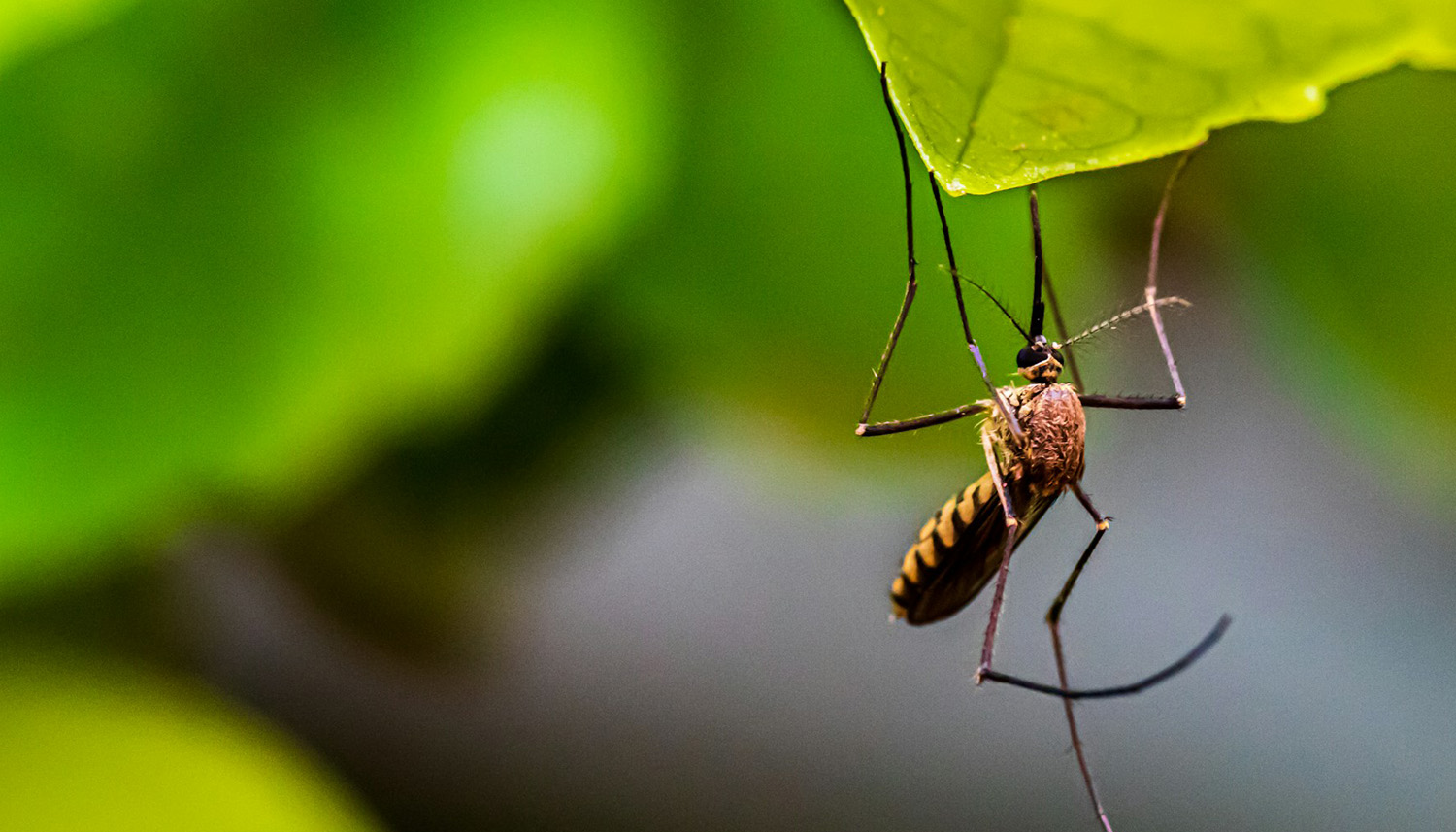When the weather warms up, spending time outdoors can be invigorating. However, itchy bites and the risk of disease from ticks and mosquitoes can put a damper on your summer fun. These pests are not only a nuisance but also carriers of serious diseases such as Lyme disease and West Nile virus. Fortunately, there are effective steps you can take to minimize their presence in your environment and reduce the likelihood of getting bitten.
Understanding Your Adversary
Ticks are small, blood-sucking arachnids that thrive in wooded, brushy, or grassy places. They latch onto humans and animals to feed on their blood. The key to preventing tick bites is being vigilant in tick-prone areas and taking proactive measures such as wearing protective clothing.
Mosquitoes, on the other hand, are flying insects whose females bite and feed off blood to facilitate egg production. They breed in standing water and are most active at dawn and dusk. Preventing mosquito bites involves controlling breeding sites and reducing exposure during their peak activity times.
Effective Strategies to Prevent Tick and Mosquito Bites
Personal Protection
- Use Repellents: Apply EPA-approved insect repellent that contains DEET, picaridin, IR3535, or oil of lemon eucalyptus on exposed skin.
- Dress Accordingly: Wear light-colored, long-sleeved shirts and long pants when in tick-infested areas. Tuck shirts into pants and pant legs into socks to prevent ticks from crawling under clothes.
- Perform Tick Checks: After outdoor activities, thoroughly check your body for ticks. Pay special attention to the underarms, in and around the ears, belly button, behind the knees, between the legs, around the waist, and especially in hair.
- Shower After Being Outdoors: Bathing or showering as soon as possible after coming indoors washes away unattached ticks and is a good opportunity to do a tick check.
Home and Yard Maintenance
- Keep Your Yard Trimmed: Mow the lawn regularly, clear tall grasses and brush around homes and at the edge of lawns.
- Create a Tick-Free Zone: Use wood chips or gravel between lawns and wooded areas to restrict tick migration into recreational areas.
- Remove Standing Water: Empty standing water from flowerpots, gutters, buckets, pool covers, pet water dishes, and birdbaths regularly.
- Use Screens: Equip windows and doors with tight-fitting screens to keep mosquitoes outside.
Community and Environmental Control
- Participate in Community Efforts: Local health departments often have mosquito and tick control programs. Get involved and support these initiatives.
- Consider Professional Treatment: If tick and mosquito populations are high in your area, consider hiring a professional pest control service to treat your yard.
Natural Alternatives
- Try Natural Repellents: Some prefer natural repellents made from essential oils like eucalyptus, citronella, and catnip oil, though these may need more frequent application.
- Plant Repellent Plants: Certain plants like marigolds, lavender, and lemon balm can deter mosquitoes. Planting these around your home can help keep mosquitoes at bay.
Preventing tick and mosquito bites requires a combination of personal protective practices, environmental control, and community action. By following these tips, you can enjoy the great outdoors while minimizing the risks associated with these pests. Remember to stay informed about the activity levels of ticks and mosquitoes in your area and always act proactively to protect yourself and your loved ones. Stay vigilant, and don’t let these biting bugs put a bite on your outdoor enjoyment!







